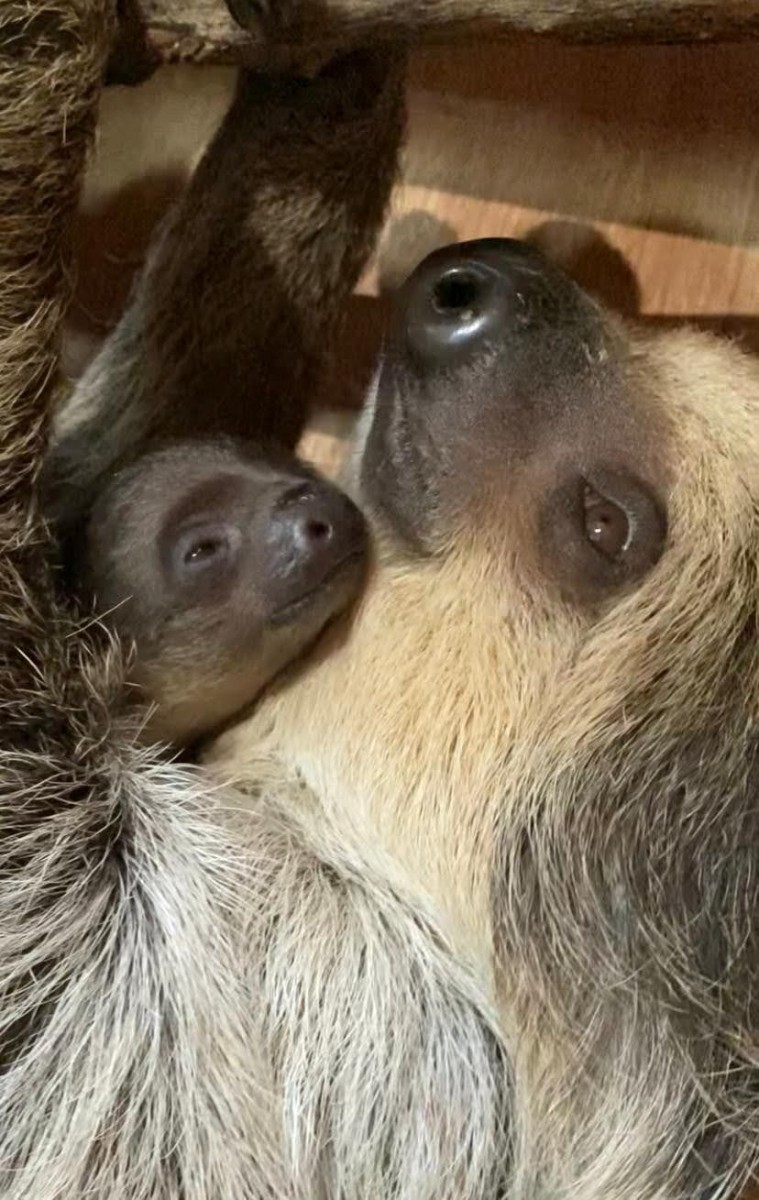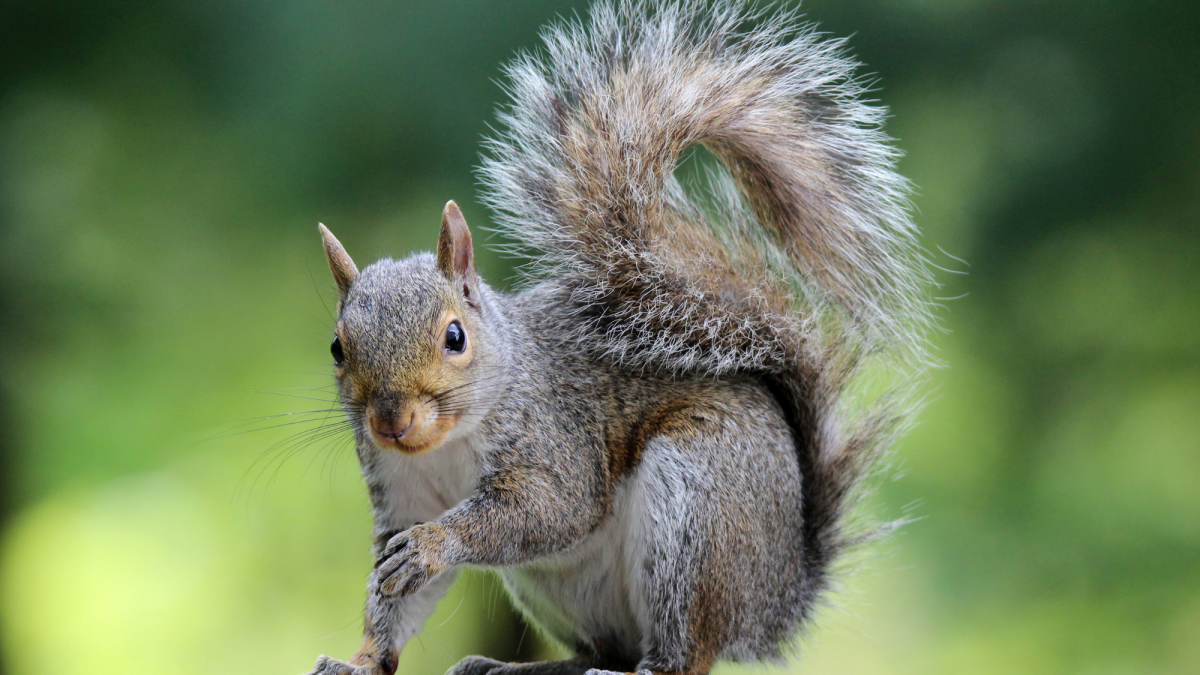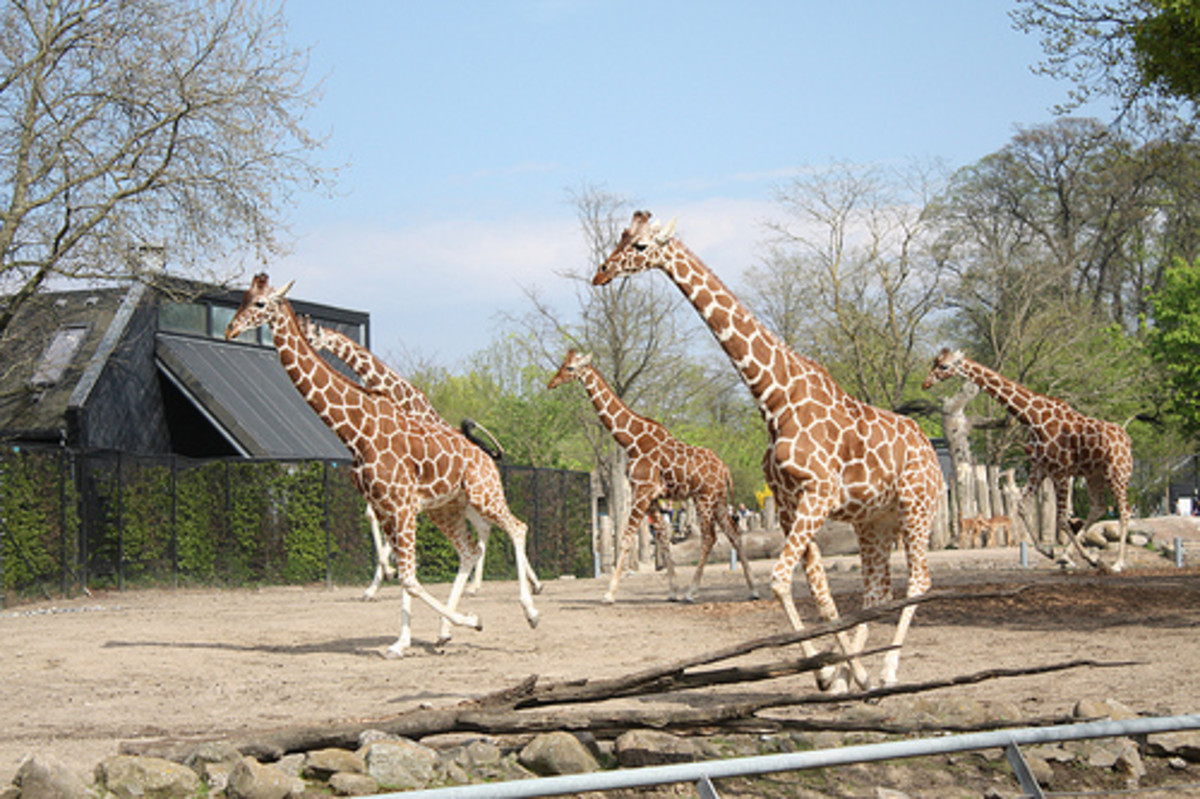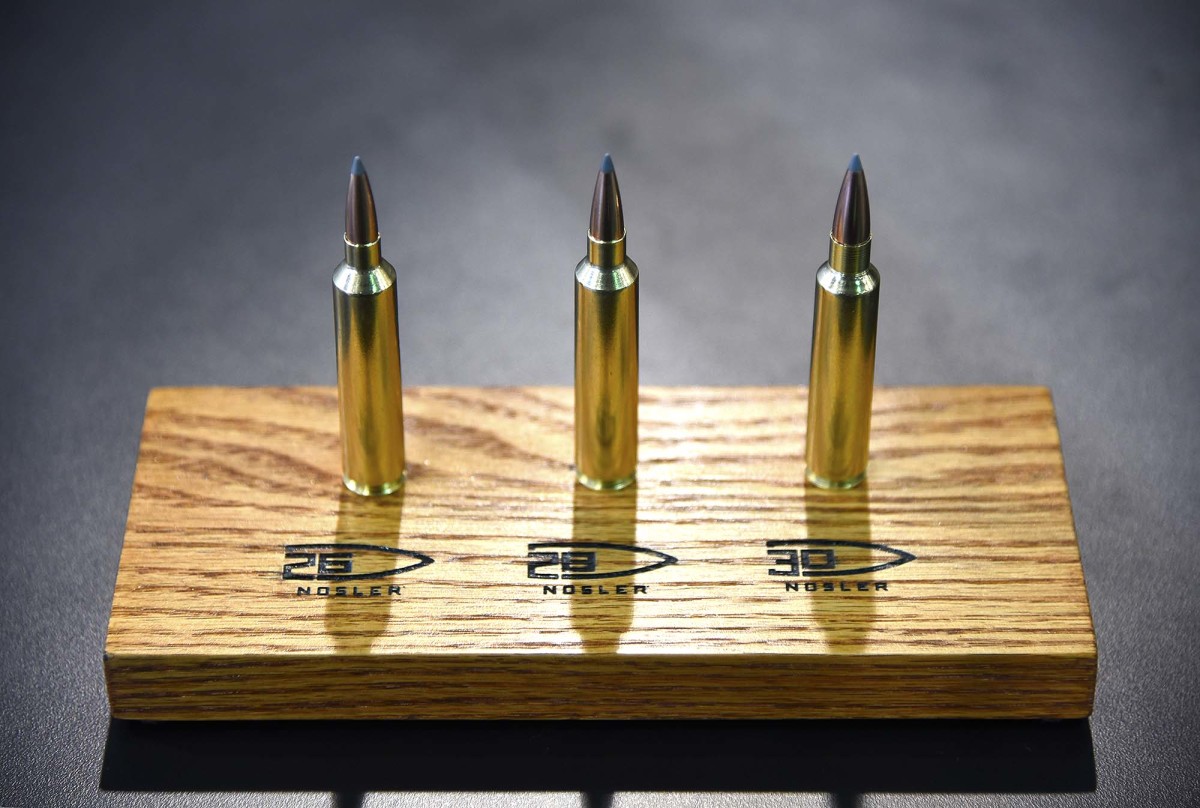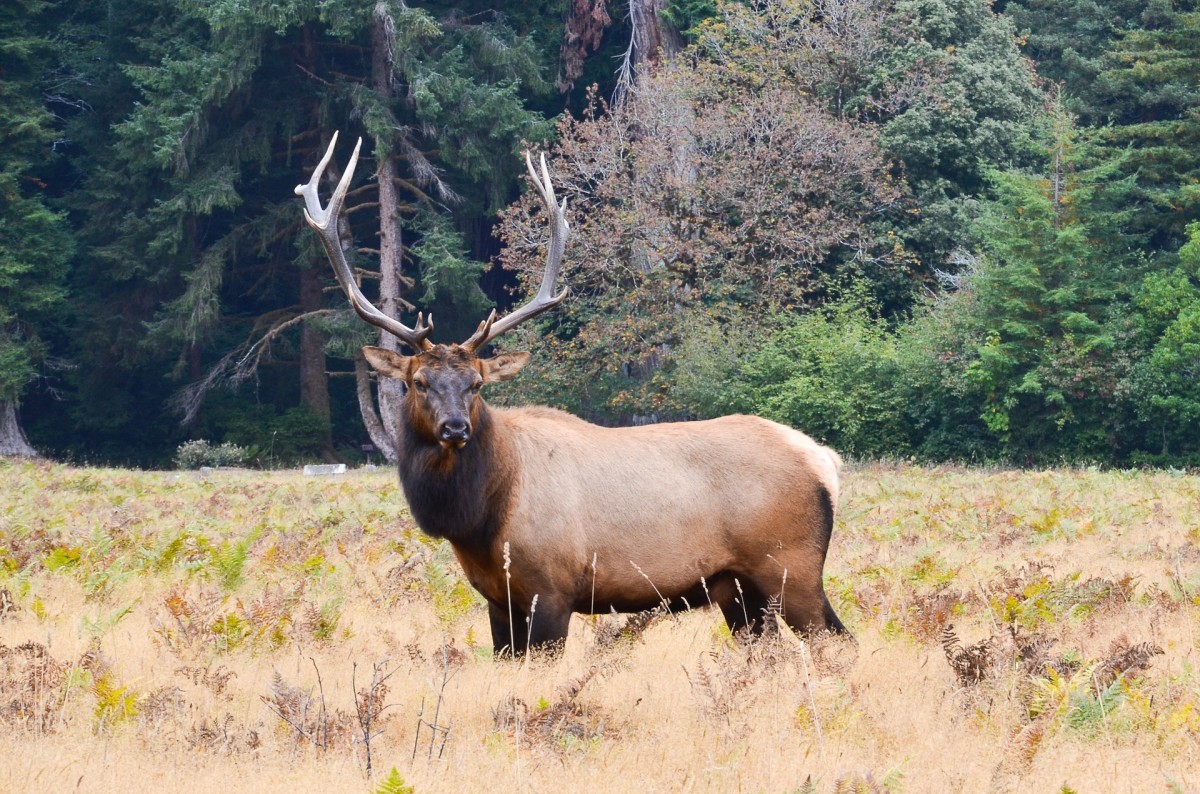Hunting for Conservation
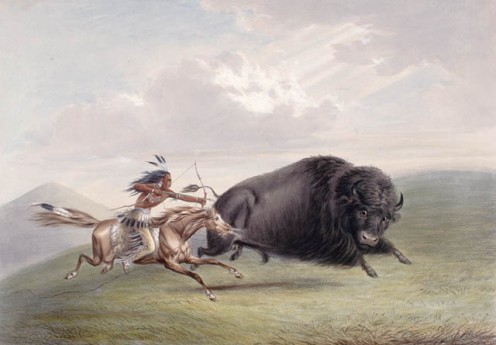
Context
It was reported by many news outlets when in June of 2015 a hunter in Africa killed a lion and exported the body home as a 'trophy'.
This brought hunting into the spotlight; many people were unaware that you could freely hunt most any species in the world, in exchange for payment.
How could this happen? When so many species are so close to extinction and should be protected.
Take for example the red wolf, native to Northern Carolina, of which there now remain only an estimated 25-40.
When a new species goes extinct, others immediately become unbalanced as predator or prey is no longer there to help balance it out.
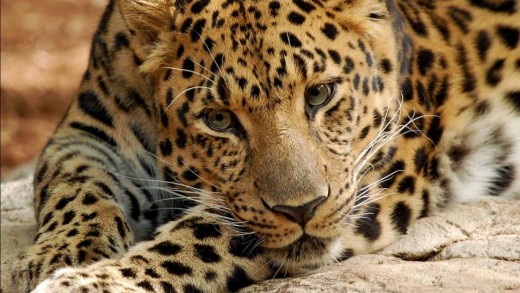
How do we protect these animals?
The death of Cecil - the trophy lion - brings attention to hunting and endangerment of species.
The question arises, where do we get the money to protect these animals?
Many of these species live on reserves and private land, which require significant investment over a prolonged period of time to maintain.
Hunting in the US in 2016 generated $26.2 billion, of which around 11% - $2.9 billion - was spent on leasing land. Another $800 million was spent on licences, stamps, tags and permits.
A substantial amount of this money is spent on the protection of hunted species, according to Elk Network as much as $1.6 billion of those dollars a year.
In fact, hunters are some of the greatest proponents of conservation of game. In 1937, hunters suggested and succeeded in achieving an 11% U.S. tax on all hunting related activity and purchases.
Plans for Tighter Regulation
The journal 'Biological Conservation' recently called plans for tighter regulation of hunting, but with the goal of increasing the benefits which derive from sport hunting.
They hope to create a certification program to promote conservation, by demonstrating sustainable and ethical hunting practices which benefit wildlife conservation at a local level.
What has already been achieved thanks to hunting?
Around the year 1900, there were only 40,000 elk in the U.S.. Today there are nearly 1 million. In the same period of time, whitetail deer have grown in population from around 500,000 to 32 million.
The same success story applies to wild turkey, duck, and countless other hunted species.
Much of the money also goes towards non-hunted species through conservation programs and donations to foundations.
Hunting is a thoroughly controlled exercise. It is also used to be selective about the species that hunters can hunt, in order to balance ecosystems and allow endangered animals more of a chance at survival.
Going Forward
Regulated hunting is one of the most successful and most attractive strategies looking to the future, if we want endangered wildlife to endure.
That said, each hunter has a responsibility to make sure that the economic interaction by which they come to hunt is just as important as - if not more than - the recreational activity they love.


